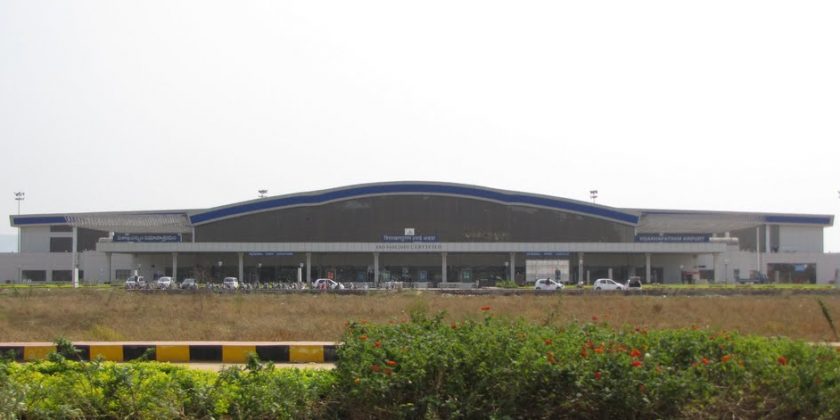At airport where there is a large number of air passengers accumulated for transportation needs sufficient shelter and space for departure and arrival purposes. The purpose of airport terminal building is to provide shelter and space for various surface activities related to the air transportation. It acts as a focal point for activities of the airport. The size of these building depends upon volume of traffic. Due to the rapid rise in popularity of passenger flight, many early terminals were built in the 1930s–1940s and reflected the popular art deco style architecture of the time. One such surviving example from 1940 is the Houston Municipal Airport Terminal. Early airport terminals opened directly onto the tarmac: passengers would walk or take a bus to their aircraft. This design is still common among smaller airports, and even many larger airports have “bus gates” to accommodate aircraft beyond the main terminal.
Technical Terms
Airport: It is an area of land or water which is to be regularly used for landing and takeoff of aircrafts. It is provided with facilities for shelter and repair of aircrafts in addition to the other normal facilities for passengers and cargo
Airport Terminal Building: A focal point in the terminal area. It provides space for line operations, facilities for convenience of passengers, office for the airport management and non aero nautical functions.
Immigration: This area is devoted for the examination of Passports. Consideration for design and function of this area must be correlated with federal authorities.
Runway: Where the aircrafts are taken off and landed.
Taxiway: Where the aircraft is parked and passengers get into or get down from the aircraft. In this area various other vehicles are also parked such as busses, luggage carriers etc.


